
TCCC prepares Airmen for domestic response
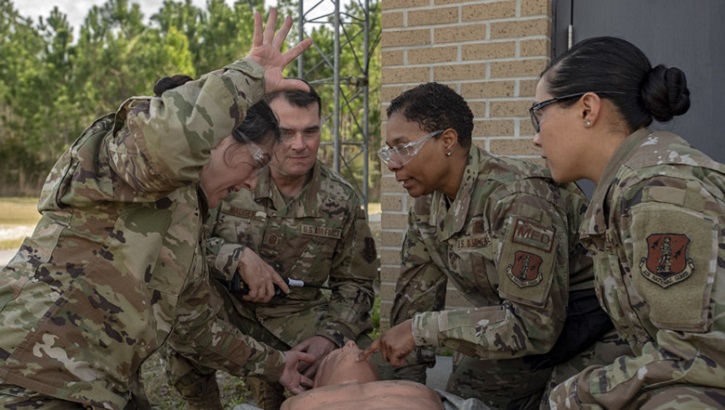
PATRIOT South 2020 participants complete two-day Tactical Combat Casualty Care training course during PATRIOT South 20 at Gulfport Combat Readiness Training Center. PATRIOT South 20 is an annual, accredited Joint National Training Capability exercise that provides a simulated natural disaster environment for units to test their response and capabilities to conduct domestic operations. (U.S. Air Force photo by Staff Sgt. Wendy Kuhn)
GULFPORT, Miss. — Sixty Airmen from multiple Air National Guard units took part in a two-day Tactical Combat Casualty Care as part of the PATRIOT South 2020 exercise at the Combat Readiness Training Center here. PATRIOT South 2020 is an annual, accredited Joint National Training Capability exercise that provides a simulated natural disaster environment for units to test their response and capabilities to conduct domestic operations.
“TCCC is going to be the standard going forward,” said Lt. Col. Roger Brooks, PATRIOT South 2020 director and a member of the Georgia Air National Guard. “We're already focusing on responding in a medical capacity so it made sense to host a TCCC event during the exercise.”
TCCC is the new initiative to better prepare medical personnel to perform potential lifesaving treatment in a variety of challenging environments, from the battlefield to domestic scenarios. The program will eventually replace the current Self Aid Buddy Care training that all Airmen receive.
“This class is a packed two days,” said Maj. Kenneth Autry, a chief nurse from the 116th Air Control Wing, Georgia Air National Guard, and lead instructor for the training. “We run our class from 7:00 a.m. until 6:00 p.m. and we use every minute of both days teaching everything from how to apply tourniquets to using equipment and patient evacuation.”
The first day takes place in a classroom setting where participants are taught the concepts of the program and other information, including how to apply tourniquets, methods of patient evacuation, and pathophysiology of the human anatomy. It is followed by a written exam, which all participants must pass. Day two is the hands-on portion where participants are given scenarios to test their response under pressure, which include treatment under fire and calling 9-line medical evacuations.
The concept of TCCC consists of three phases. The first phase is Care Under Fire, where participants are taught to render the most basic lifesaving care in order to remove patients from a challenging environment. The second phase is Tactical Field Care. In this phase, personnel are taught to administer the next level of medical care while awaiting evacuation. In the last phase, Tactical Evacuation, participants learn to continue medical treatment while evacuating patients.
“This is very good training, not only for the medical providers and medical personnel, but for everyone,” said Col. Mauricia Alo, 108th Wing Medical Group commander, New Jersey Air National Guard, and a participant in the training. “So when we go to the battlefield or a disaster response, we'll be more able to take care of everyone and make sure they get home.”
TCCC is not only applicable in combat casualty care, but also in mass casualty and disaster response or terrorist situations as well. Participants are taught the differences and similarities in military and civilian care, especially when it comes to traumatic wounds or treatment in a challenging environment.
“If you have something like an explosion, multiple car accident or natural disaster in the civilian world, you can still apply a tourniquet or render care on site in an environment that may be detrimental to the injury,” said Autry. “TCCC covers a lot of those medical interventions that can be used in either civilian or military equations. It's a great addition to the PATRIOT exercise.”
Disclaimer: Re-published content may be edited for length and clarity. Read original post.
METC combat medic training unveils new EMT sim labs
Article
3/3/2020
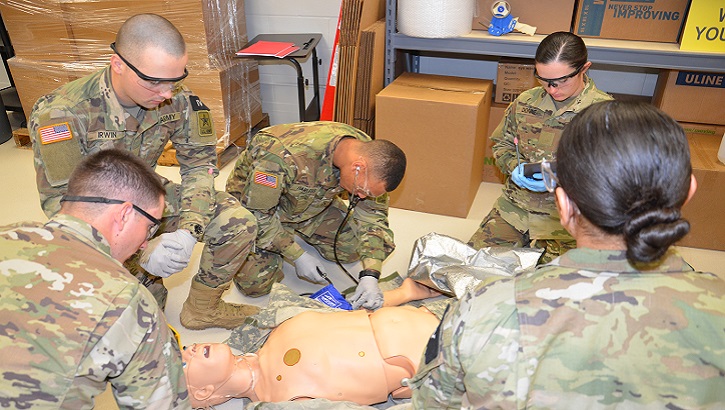
The sim labs have really come a long way
Eyes on it: Optometry clinic ensures mission readiness
Article
2/4/2020
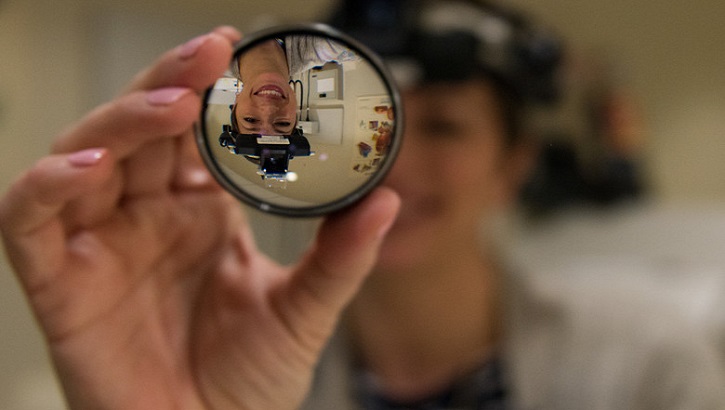
Eye exams are more than just reading a chart
MSMR Vol. 27 No. 2 - February 2020
Report
2/1/2020
A monthly publication of the Armed Forces Health Surveillance Branch. This issue of the peer-reviewed journal contains the following articles: Update: Malaria, U.S. Armed Forces, 2019; Diabetes mellitus and gestational diabetes, active and reserve component service members and dependents, 2008–2018; Increased risk for stress fractures and delayed healing with NSAID receipt, U.S. Armed Forces, 2014–2018; Brief report: Diagnoses of scarlet fever in Military Health System (MHS) beneficiaries under 17 years of age across the MHS and in England, 2013–2018; Images in health surveillance: Skin rashes in children due to infectious causes
Sorry flu, not this year
Article
1/27/2020
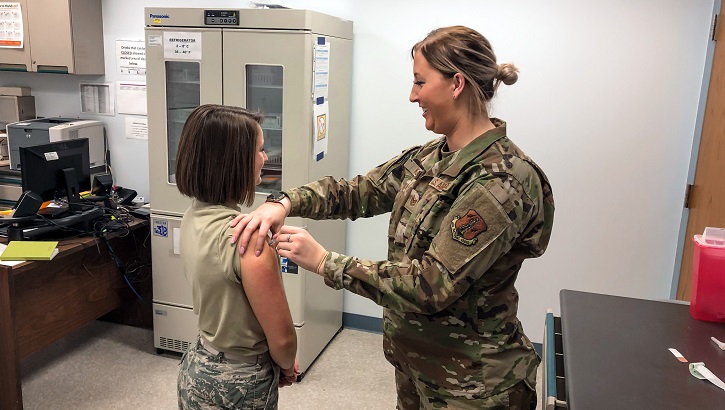
The Defense Logistics Agency Troop Support Medical supply chain teamed with Department of Defense partners to provide 3.4 million doses of the influenza vaccine to service members, dependents and retirees.
Mid-season flu activity increase: How to keep healthy
Article
1/22/2020

Despite reports of increased flu activity in the U.S., the Military Health System remains vigilant
HPV vaccine age limit raised by FDA to age 45
Article
1/14/2020
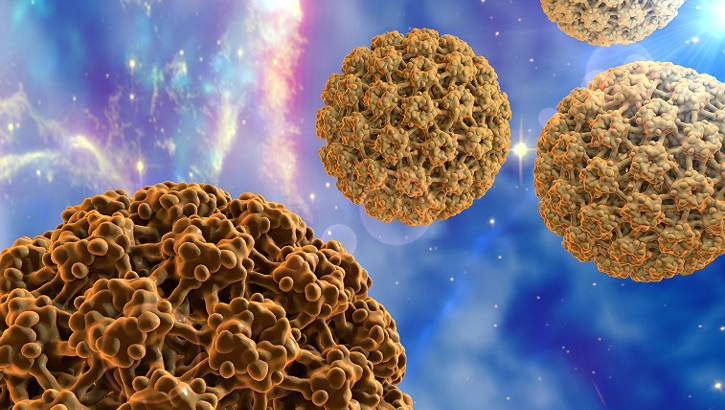
HPV shot protects against a host of diseases in men, women
U.S. Transportation Command: DoD’s manager for global patient movement
Article
1/9/2020
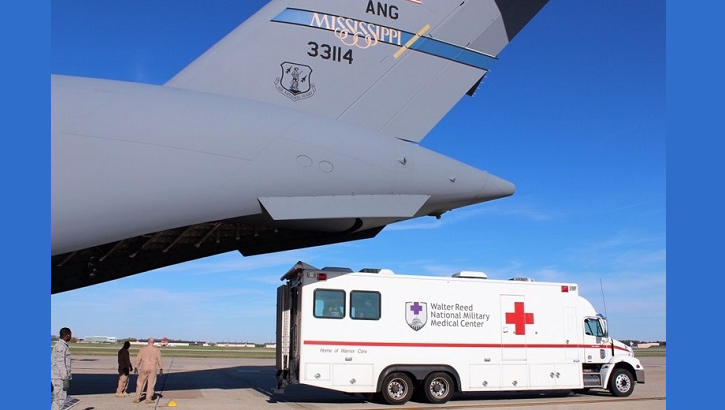
On a weekly basis, USTRANSCOM moves up to 40 patients from overseas to CONUS
Joint Chiefs say mind, body, spirit all part of Total Force Fitness
Article
1/7/2020
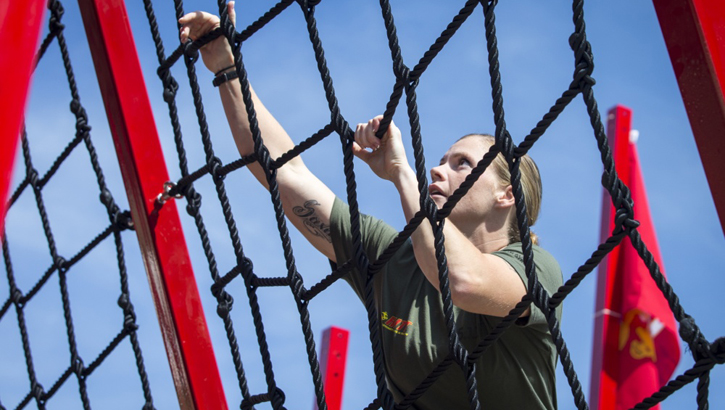
2020 focus on factors making service members, families “resilient”
Navy Medicine demonstrates Virtual Health options to Africa
Article
1/6/2020
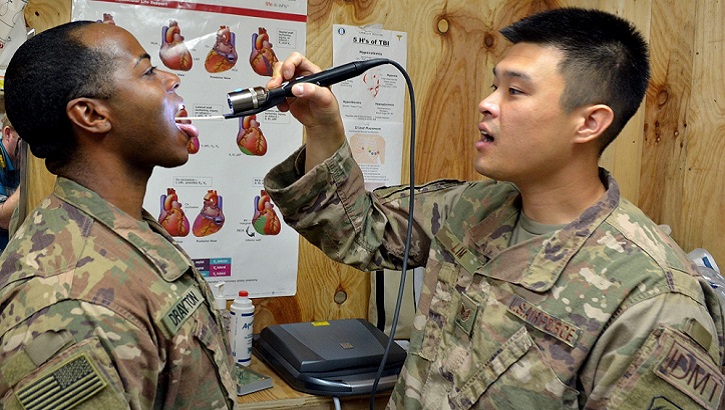
Djibouti hosts the largest U.S. American military base on the African continent
MSMR Vol. 27 No. 1 - January 2020
Report
1/1/2020
A monthly publication of the Armed Forces Health Surveillance Branch. This issue of the peer-reviewed journal contains the following articles: Carbon Monoxide Poisoning, Active and Reserve Component Service Members and Non-Service Member Beneficiaries of the Military Health System, U.S. Armed Forces, July 2009–June 2019; Respiratory Pathogen Surveillance Trends and Influenza Vaccine Effectiveness Estimates for the 2018–2019 Season Among Department of Defense Beneficiaries; Brief Report: The Early Impact of the MHS GENESIS Electronic Health Record System on the Capture of Healthcare Data for the Defense Medical Surveillance System; and Brief Report: Incidence and Prevalence of Idiopathic Corneal Ectasias, Active Component, 2001–2018.
Air Force studies fatigue, sleep to enhance readiness
Article
12/31/2019
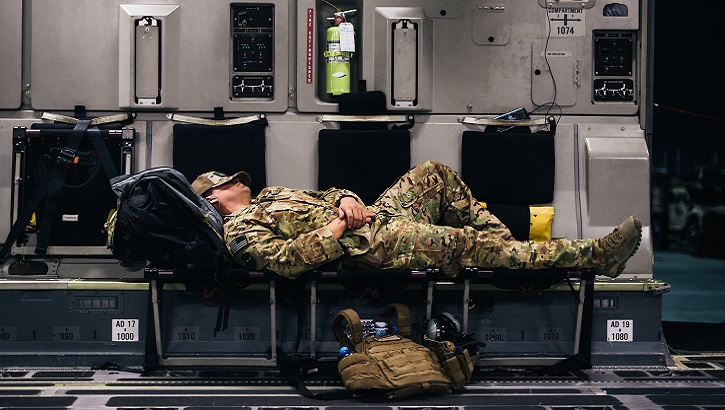
Good sleep habits are closely related to overall health and performance
Guard and Reserve crucial to CCATT expansion
Article
12/20/2019
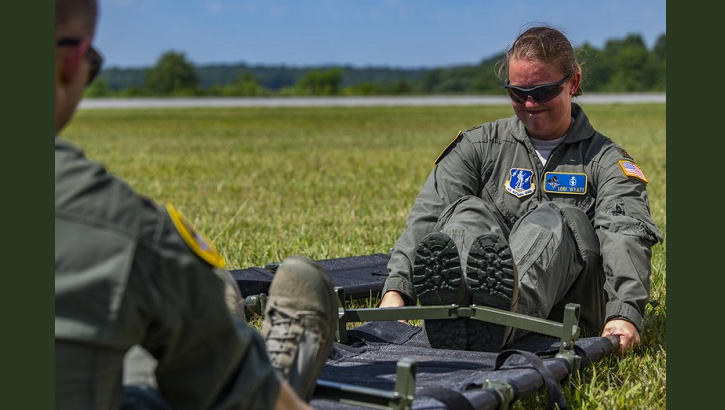
The Guard and Reserve support the bulk of aeromedical evacuation, CCATT capabilities
Air Force, Army medics save groom
Article
12/19/2019
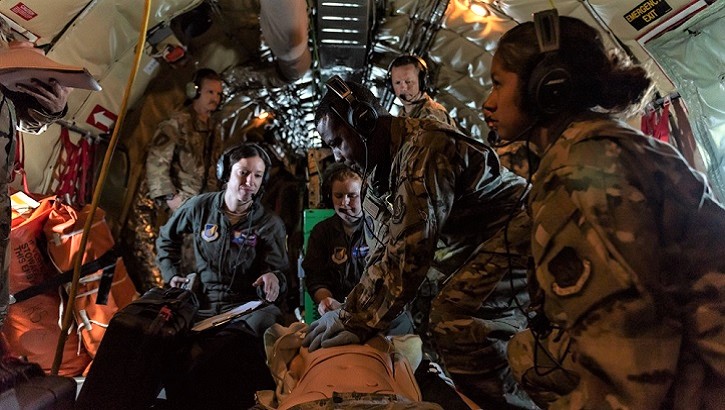
NCO’s first aeromedical evacuation mission was definitely challenging
McCaffery calls for military medical strategic framework for warfighting readiness
Article
12/5/2019

'New reality' includes tight synchronization, expanding partnerships
McCaffery AMSUS Remarks 2019
Publication
12/5/2019
McCaffery statements made during the 2019 annual meeting of AMSUS





















.png)









No hay comentarios:
Publicar un comentario